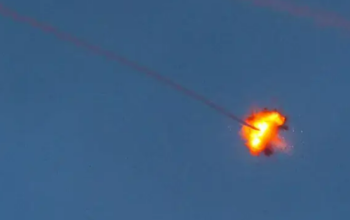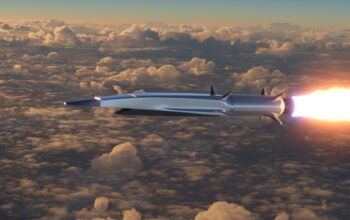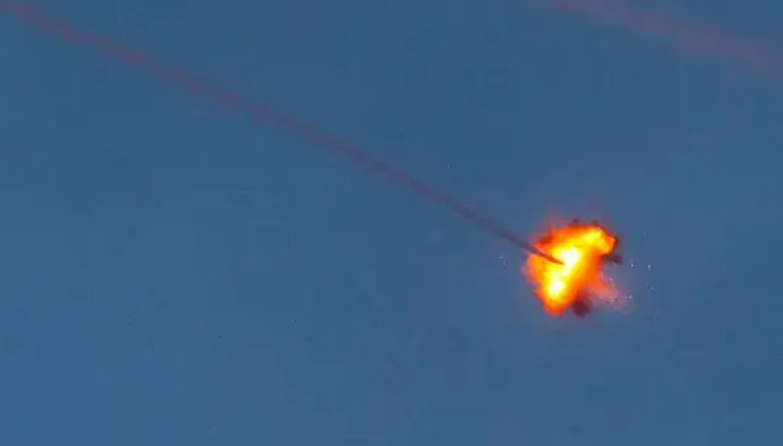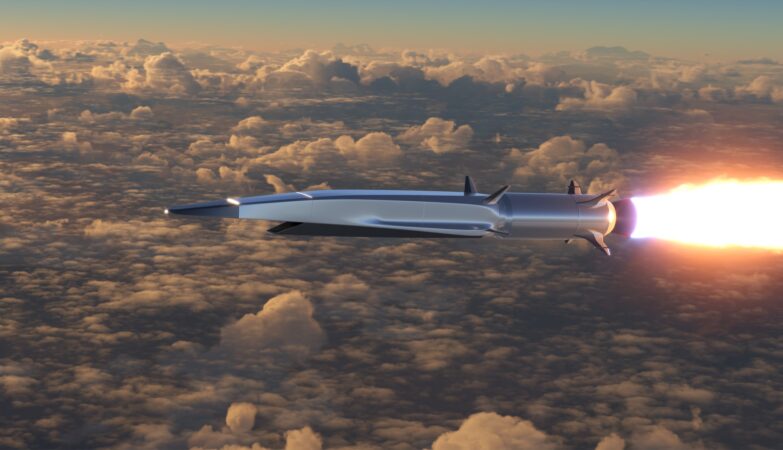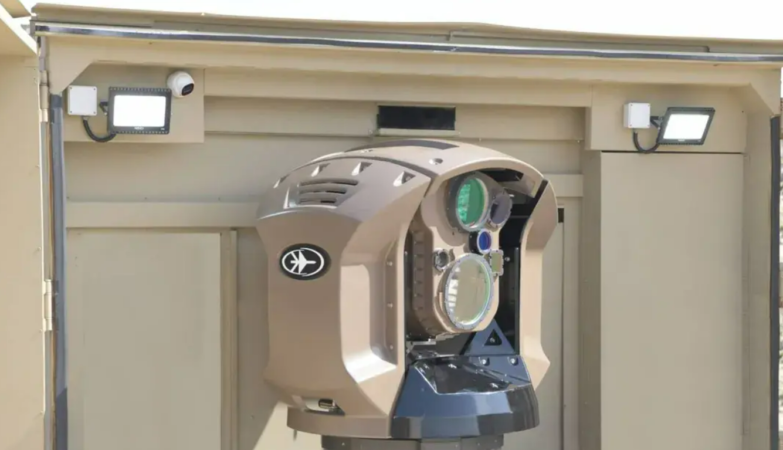The system is designed to destroy short-range projectiles too close for the Iron Dome system to intercept effectively.
Amid the ongoing war crisis against Hamas, Israel is set to deploy its cutting-edge laser weapon system, dubbed ‘Iron Beam,’ to its active combat service for the first time to strengthen its air defense capabilities against various threats. The system, which was not expected to enter service for several more years, according to Open source intelligence monitor on Twitter, will act as the short-range component of the Israeli integrated missile defense system, capable of shooting down incoming rockets, drones, artillery, and mortar shells.
What is Israel’s Iron Beam?
Iron Beam, officially Magen or “Light Shield,” is a directed-energy weapon air defense system unveiled at the Singapore Airshow on February 11, 2014, by Israeli defense contractor Rafael Advanced Defense Systems. The system is designed to destroy short-range projectiles too close for the Iron Dome system to intercept effectively. It has a range of up to 7 km (4.3 mi) and can also target unmanned aerial vehicles (UAVs). Iron Beam will be the sixth element of Israel’s integrated missile defense system, along with Arrow 2, Arrow 3, David’s Sling, and Iron Dome.
Iron Beam uses a fiber laser to destroy an airborne target. It can operate as a stand-alone system or with external cueing as part of an air-defense system. A threat is detected by a surveillance system and tracked by vehicle platforms to engage. The main advantages of using a directed energy weapon over conventional missile interceptors are lower costs per shot, unlimited firings, lower operational costs, and less manpower. There is also no interceptor debris to fall on the protected area.
In 2016, laser power levels were reported to be “tens of kilowatts.” A 2020 report said that Iron Beam was thought to have a maximum effective range of up to 7 km and could destroy missiles, UAVs (drones), and mortar shells around four seconds after the twin high-energy fiber-optic lasers made contact with their target. By 2023, energy levels could reach 100 kW or more, and the system could focus a beam to the diameter of a coin at a distance of 10 km (6.2 mi).
Iron Beam had been funded mainly by the Israeli Ministry of Defense (MoD) as of 2016, with Rafael pursuing increasing the range of the system and partnering with other companies to develop the prototype further. In December 2022, Rafael and Lockheed Martin announced a joint effort to establish a laser defense system based on the Iron Beam project. The aim is to produce a system of a pair of solid-state lasers that, when combined, could boost power up to 300 kW and use more than one beam to burn more than one target simultaneously.
Leveraging the technology for naval operations
Rafael of Israel also unveiled a series of systems dedicated to ship protection in the past. Leveraging the development of its Iron Beam, the land-based laser effector, the Haifa-based company developed the Naval Iron Beam, meant to be installed on naval ships to protect them against a series of threats. This type of effector is particularly suited to cope with saturation attacks such as those carried out by swarms of drones. The first planned application was the future Reshef class corvettes of the Israeli Navy.
Exploiting the testing and live firing campaigns already conducted on the land-based version, Rafael has focused its activities on the specific maritime environment, working a series of laboratories and field testing to understand better how the direct energy weapon would react in that environment, which creates a series of challenging phenomena in addition to functional integration activities, influencing the effectiveness of the new weapon system.
Rafael has also been working on the stabilization issue, a pivotal point in a laser weapon where energy must be concentrated on the target for some time. The system has been developed and tested to ensure the same accuracy obtained with the land version.
Having the land-based version almost completed testing activities with the system prototype reaching TRL 7 (Technology Readiness Level), Rafael has recently launched the production of series representatives and expects to have this version available for operational use in a three-year time window. According to the company, the naval version will take 4 to 5 years to reach active availability.
source link : link



